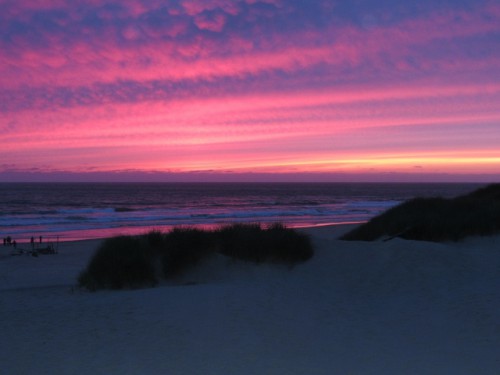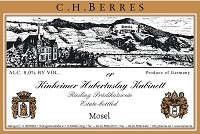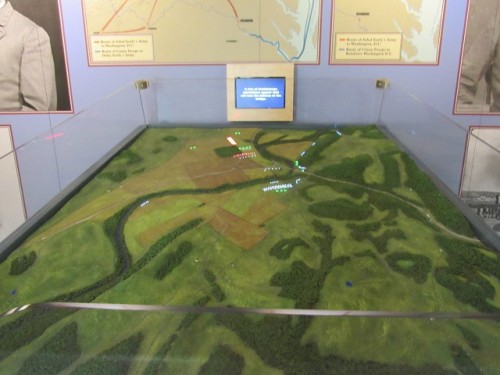Each year, I feel blessed by the life that I’ve been given. I’m healthy, and happy, and have the ability to spend much of my time doing the things I enjoy. I get to spend my days with my husband, friends and family. As I reflect back on 2015, I’m surprised at how quickly it has flown by, and what amazing things I’ve done! 2015 was certainly a year full of travel – so much that I had to expand my Top 10 list to 12!
In no particular order:
- We welcomed a new niece to the family in early February, and this little one is busy exploring the world and is just days away from walking!
- The El Niño phenomenon brought us a crazy-mild winter. We are talking temps in the 60s in February. Which was perfect for a Valentine’s Day getaway to the first-ever Bubbles Fest at Anne Amie Winery. Eleven Oregon sparkling wine producers, about 25 wines, oysters on the half shell, chocolate, and gorgeous “sitting on the patio” weather! I hope they do this festival again!
- Jon and I took a mini-getaway in late March back to Moab, Utah and Salt Lake City. We hiked Arches and Canyonlands National Parks, and we visited Antelope Island in the Great Salt Lake. And, I zip-lined for the first time and loved it!
- We knocked another National Park off our list by visiting Mount Rainier in April, on an unseasonably warm weekend. Temps were in the mid-60s! We snow-shoed for the first time, and did several great hikes, in addition to staying at the National Park Inn, our first “in park” accommodations!
- We spent a fun long weekend with my family on the Oregon Coast. Jon and I also had a chance to visit a few of the area’s attractions – beer, wine, a lighthouse, and Lewis and Clark’s Winter Fort! The beach at Nehalem Bay State Park is also where I experienced the most beautiful sunset of the year!
- There were no major illnesses or injuries among our “herd” this year! Biz is 28, and rocking his mostly toothless smile, after having four more teeth removed in June. Oliver is doing well on his kidney food, and is healthy, other than a random couple of days of vomiting in early December. Oscar still loves getting love on his terms, and Coraline got even pudgier, despite a year on diet food. Time to crack down on portion sizes!
- After having such a nice long weekend with Jon’s parents last year, we decided to take a week-long trip to Colorado in August. I planned an epic road trip to see five National Parks and Monuments, and lots of other fun stuff! We had a great time!
- I completed my 7th half-marathon in September – the Woodinville Wine Country Half-Marathon. The cool temperature was wonderful, the course was fast, and I shaved 18 seconds off of my previous personal record – despite not having trained for it! Jon got second place in his age division too, and we enjoyed some nice wines and beer at the end!
- Our big trip this year took place in October – a trip that has been in the works for three years now! We had almost two weeks to tour Virginia (with a couple of stops in other states). We saw Shenandoah National Park, four Presidential homes, five Civil War battlefields and the place where Lee surrendered the Army of Northern Virginia. We also saw several other historic sites, and we finished off with a trip to Chincoteague Island to see the ponies made famous by Marguerite Henry and her children’s books. The memories will last a lifetime. More posts on the trip are coming!
- I’ve been at my new job almost a year, and am enjoying the work (and the vacation accrual!) and making new friends. I miss seeing my old friends every day, but that’s just a reason to make sure we get together.
- Jon and I were feeling a bit sun deprived in December with all the rain here in the Northwest, so we booked a last minute weekend getaway to Joshua Tree National Park, in southern California. We hiked to our hearts content and added yet another park to the notches on our belts! The weather was dry the whole time, and it warmed up each day; it was the perfect sunny respite from our torrential downpours!
- And last but certainly not least, I celebrated two milestones this year. Jon and I celebrated our fifth wedding anniversary in June, and I turned 40 in September. I’m getting used to the 40 thing…
I know I have a tendency to gripe about the weather (and wouldn’t you if you had moss growing in your ears!), but in reality I know how lucky I am. I hope 2016 brings as much joy as 2015 did. And dear readers, I wish all of you all the best for the New Year!



















































